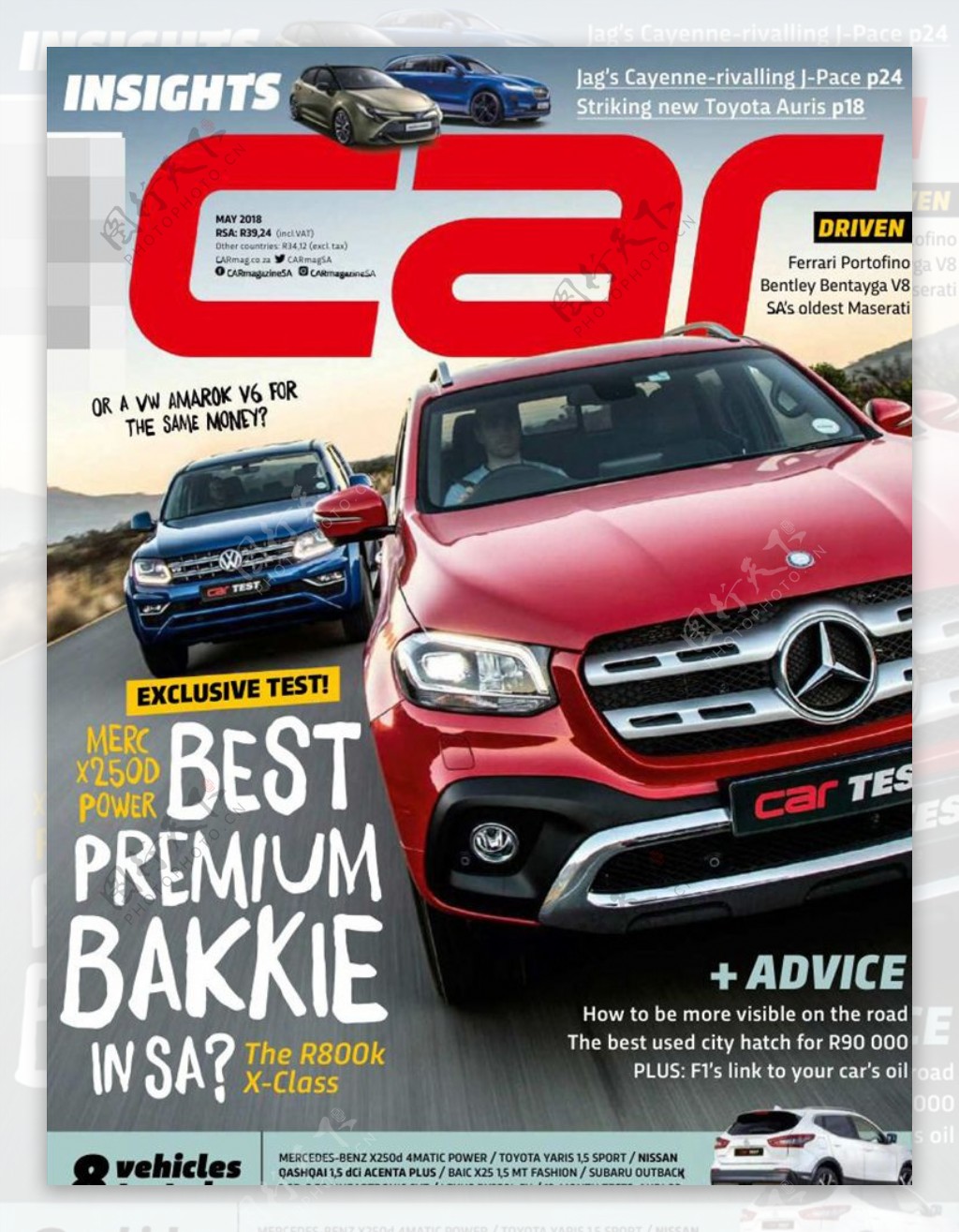
Comparison of Funded Accounts With and Without Time Limits
Trade Without the Clock Breathing Down Your Neck — or Feel the Thrill of Racing Against It. Which Fits You?
Imagine this: you’ve finally qualified for a funded trading account through a prop firm. Youve put in the hours, passed the evaluation, and now you’re ready to trade — but there’s a catch. For some accounts, you have a fixed time window to hit targets. For others, the clock never starts ticking. Both sound tempting, both have their fans. But the way time limits (or the lack of them) shape your trading experience is bigger than it seems.
How Time Limits Shape Trading
A funded account with a time limit feels a bit like running a sprint. The prop firm might say: you’ve got 30 days to hit this profit goal. This can be a motivator. You might push harder, trade more aggressively, chase opportunities in forex pairs or crypto swings you’d normally watch from the sidelines. There’s an adrenaline factor — every closing bell matters, every candle counts.
On the flip side, that urgency can tip into bad habits. You take setups you wouldn’t normally touch. You skip risk management just to get that extra win before the deadline. And in choppy markets — think sideways indices or low-volatility commodities — the clock can turn into your biggest enemy.
The No-Time-Limit Model
Trading without a time limit shifts your mindset completely. It’s less about speed, more about precision. You can wait for the USD/JPY to form the setup you’ve been tracking for two weeks. You can hold a position in tech stocks through earnings season without wondering if you’ll be forced to close before your thesis plays out.
This style favors consistency and patience. It mirrors how experienced traders operate — blending technical analysis with macro trends, setting alerts, and letting the market come to them. It’s especially powerful for those learning multiple asset classes: forex teaches discipline, stock trading sharpens fundamental analysis, crypto pushes adaptability, indices train pattern recognition, options refine probability thinking, and commodities emphasize macro cycles.
Which Wins in Today’s Prop Trading Landscape?
The truth: both models have a place. If you thrive on structured challenges, a timed account can sharpen your skills fast — great for traders in competitive environments or those feeding off momentum. If you’re building a methodical, rules-based system for long-term survival, a no-deadline account might be your best friend.
Market conditions also matter. In volatile weeks driven by macro news or decentralized finance shocks, having more time means you can avoid panic trades. In high-liquidity bursts — like post-FOMC forex moves or altcoin rallies — a time-limit account forces you to capitalize on short-lived opportunities.
Prop Trading in the Era of DeFi and AI
Decentralized finance is changing the game. Prop firms are experimenting with blockchain-based funded accounts, smart contract trade execution, and instant PnL settlement. That means faster payouts, transparent rules, and global accessibility. Time limits might even be coded directly into the smart contracts — enforceable without human oversight.
And then there’s AI. AI-driven trading systems can optimize entry timing, portfolio risk, and even choose between aggressive or passive modes depending on whether your funded account is timed. Imagine having an algorithm that adjusts its strategy because it knows you’ve got 12 days left — or that you can afford to wait six months for the perfect breakout.
Strategy Tips to Make Either Model Work
- In timed accounts, pre-plan trades based on upcoming macro events and liquidity windows; don’t let random market noise dictate your moves.
- In no-time-limit accounts, measure success in risk-adjusted returns, not just profits; your equity curve should be smooth, not jagged.
- For multi-asset traders, combine fast-moving instruments (like crypto or intraday forex) with slower plays (like equities or commodities) to balance performance.
- Leverage the data — whether from AI tools or your own logs — to understand where time pressure helps you and where it hurts you.
The Future Looks Hybrid
We’re already seeing hybrid funded account models, where a trader can choose their clock: time limits on high-leverage sub-accounts for quick bursts, and unlimited time on core accounts to build steady gains. As prop trading adapts to faster settlement tech, global connectivity, and AI-enhanced decision-making, choice will be a major selling point.
Whether you pick sprint or marathon, the funded account model you choose should play to your strengths, not magnify your weaknesses. The best PnL curves in this new world will belong to traders who understand how time itself is just another market variable.
Tagline to remember: Trade with the clock — or without it. Master both, and the market becomes your playground.
If you want, I can also give you a shorter social-media teaser version of this so it can hook readers before they click through. Do you want me to prepare that next?

